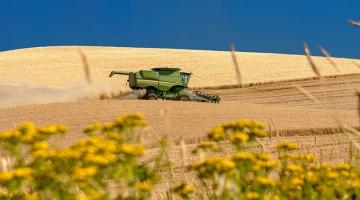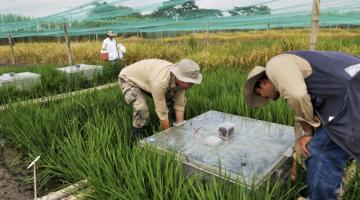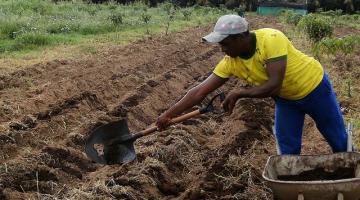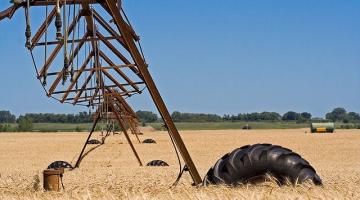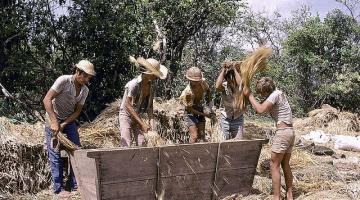Agriculture Guidance
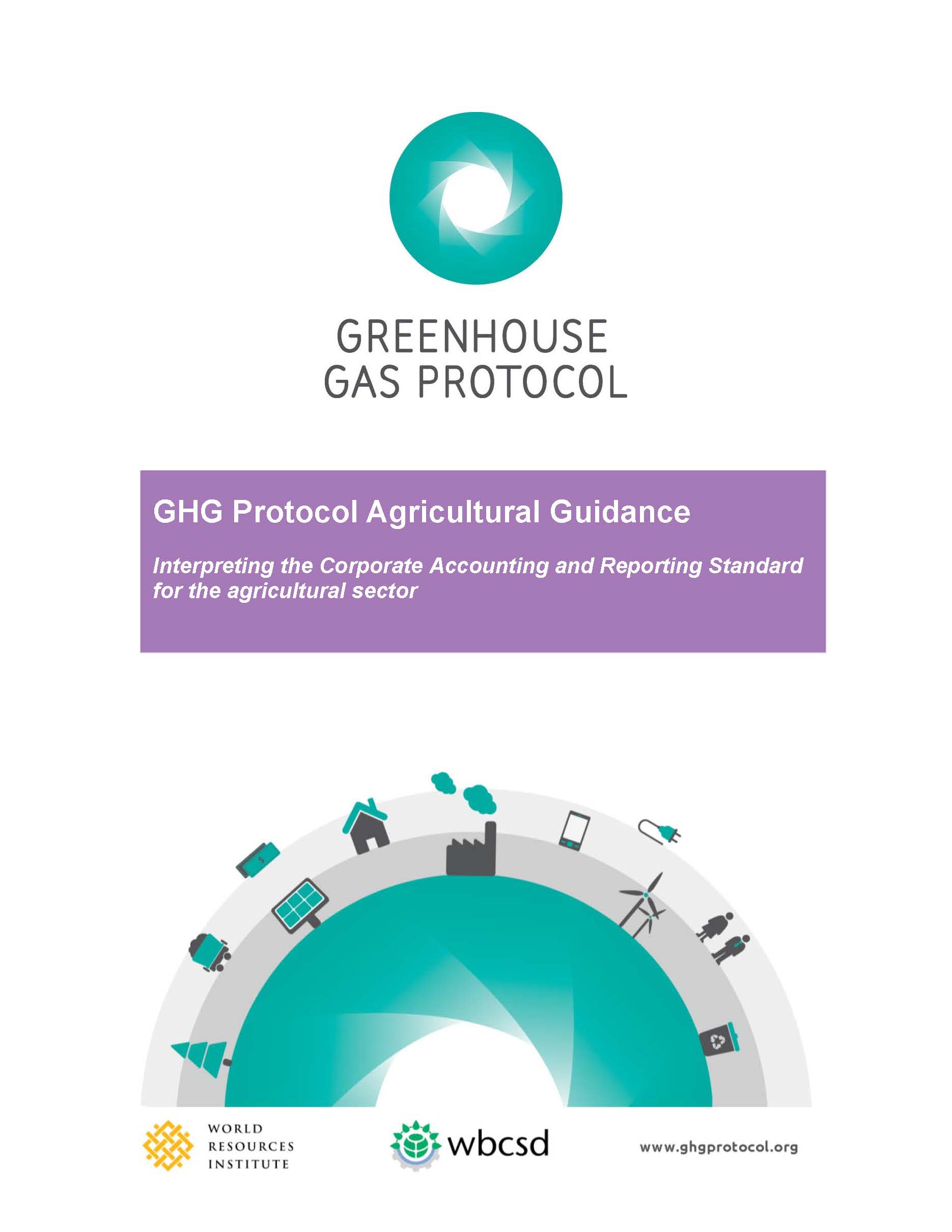
The GHG Protocol Agricultural Guidance is a supplement to GHG Protocol Corporate Standard and covers all agricultural subsectors, including livestock, crop production, and land use change.
Agriculture and agriculture-driven land use change contribute around 17% of global emissions, while 75% of agricultural producers targeted by CDP do not report their emissions. The GHG Protocol Agricultural Guidance is intended to promote sector-wide adoption of emissions management practices by harmonizing how agricultural companies worldwide measure and report their emissions.


